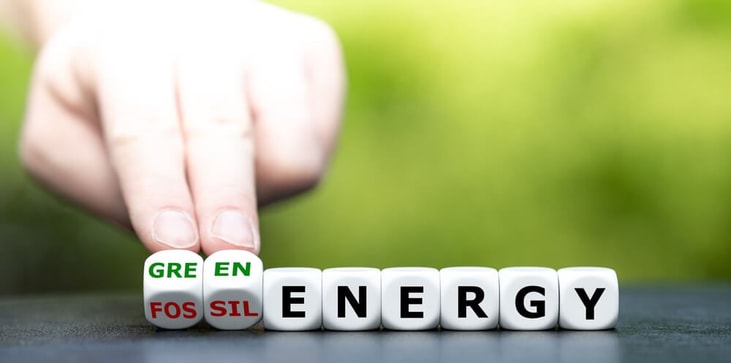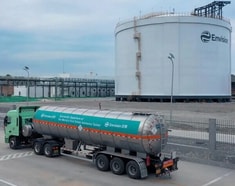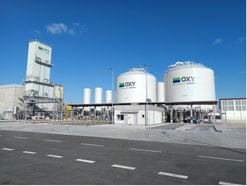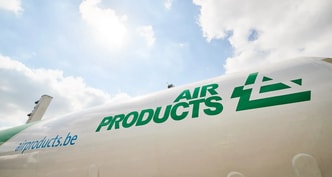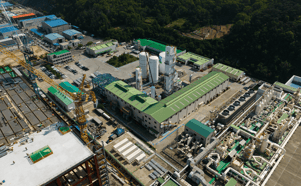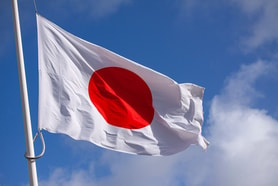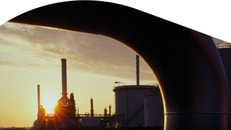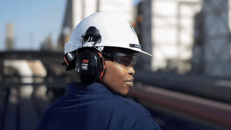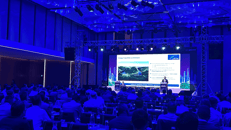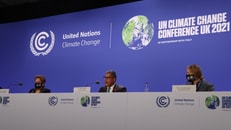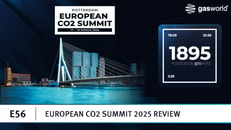Air Liquide, ENEOS to advance low-carbon hydrogen and energy transition in Japan
Industrial gases major Air Liquide will work alongside Japan’s leading energy company ENEOS Corporation (ENEOS) to accelerate the development of low-carbon hydrogen in Japan and advance the energy transition, having signed a Memorandum of Understanding (MOU).
With an aim to span the entire value chain of low-carbon hydrogen from upstream to downstream, the partnership will involve the study of both carbon capture, utilisation and storage (CCUS) and electrolysis technologies for the production of low-carbon hydrogen.
In addition to exploring the potential collaboration in the development of a global liquid hydrogen supply chain to serve the Japanese market from abroad, the partners are targeting the development of various downstream initiatives.
This includes building a hydrogen refuelling station infrastructure to advance hydrogen mobility in Japan and collaborating in innovation along the hydrogen supply chain.
... to continue reading you must be subscribed

